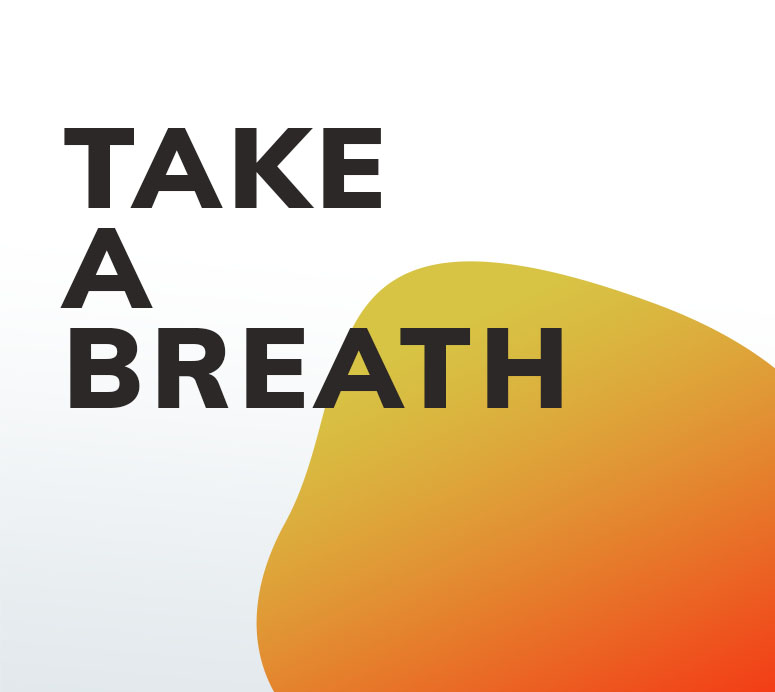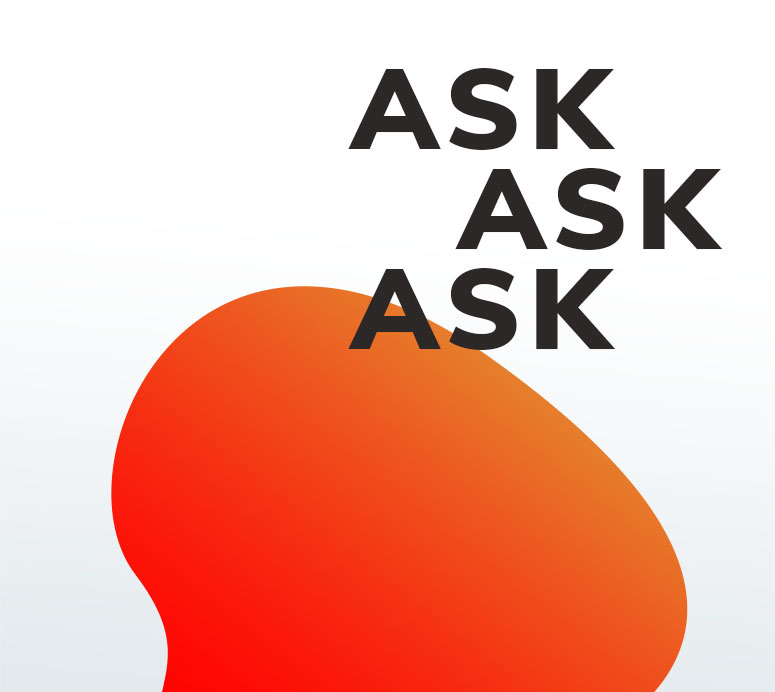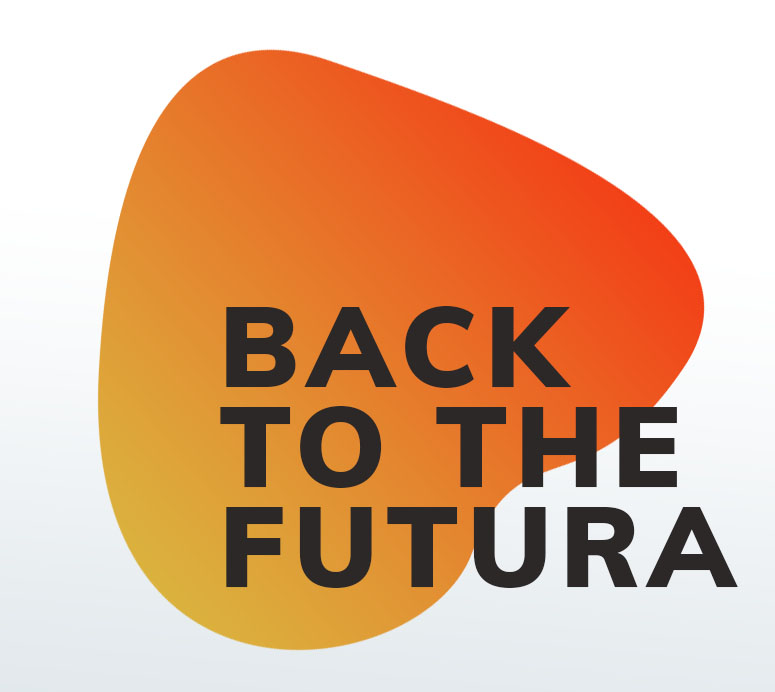
“MAKE IT POP”: 5 Steps you can follow when you receive vague feedback as a designer
Do you know that feeling when you wake up from a great night? That moment when you sip from your freshly made coffee? The feeling you get when you open your laptop to start your new awesome day… only to be thrown into the fiery pits of design hell when you read the latest email from one of your clients: “The design is nice, but can you make it pop?” Goodbye awesome day, hello misery. Tired of getting vague feedback like this? Same here!
Before we get to the steps of dealing with vague feedback, you should know the difference between constructive and vague feedback. If someone gives you comments in a detailed manner about what they like and don’t like, that’s constructive feedback. Perhaps you don’t agree with everything they say, but you can have a conversation and improve your design. Now vague feedback, that’s another story… “make it pop”, “can you add premium effects” or “this doesn’t look sexy enough” is feedback we all hate. You don’t know what the client means, so there’s no way you can improve your design. This is vague feedback and it can seriously ruin your day! But if you try the following 5 steps, it’ll help you deal with these kinds of situations.
1. Take a breath and expel your anger.

Never respond immediately with an angry or aggressive email defending your work like it’s a masterpiece worth millions. Stand up for a minute, take a breath. Think about puppies and kittens. Listen to something relaxing.
When you answer to vague feedback in an aggressive or defensive way, you’ll probably get a likewise answer with feedback that’s even weirder. Or in the worst case, they’ll search for another designer. This isn’t the outcome you want. The thing you want is feedback you can work with. So don’t take the vagueness personal and answer in a polite and clear way. This way your client will realise you take the project seriously and want to deliver a design you’re both happy with.
2. Ask clarifying questions

You can’t improve your designs with feedback like ‘make it pop, premium or sexy’. So try to understand what your clients really wants to tell you by asking clarifying questions. For example, if you want to know what the meaning is of ‘make it pop’ you could ask for an example of a logo they think ‘pops’. Or ask whether they mean they just want brighter colors. The more specific you are with your question, the more detailed the answer hopefully will be.
Keep in mind this doesn’t mean you’re agreeing with your client’s feedback. It’s just about understanding what they want. So be patient and ask enough questions. If you don’t get the answers you want, try having a meeting or video call.
3. Give them new options

Build on the answers of your previously asked questions and present your client with some options about which changes you can make to the design. Search for examples and make sure they understand exactly what you’re trying to communicate. Tell them for example that you can change the colors and then show them a couple of color schemes so they can actively help choosing. While you’re giving these options, you’ll probably get feedback out of your client they didn’t think of before.
4. Motivate yourself

Before we move on to the final step, let’s lift your spirits. Don’t be sad about how your day started. Remember that coffee you had earlier? Have another one and let’s move on with our process of dealing with vague feedback.
We understand your mood can change when you really need to hunt for the opinion of people who don’t express themselves clearly in their first email. But use this as an opportunity to improve yourself. Let this be your motivation! Maybe you’ll learn a new skill by moving outside of your comfort zone? Often, after actively trying to receive useful feedback, you come up with new ideas on your own, for your current project or a whole other one. Feedback can bruise your ego, especially if it’s oddly communicated, but it can just as easily help you stay grounded. Use feedback to improve and motivate yourself!
5. Prevent vague feedback in the future

Experiences like these can help you improve yourself, but they can also improve your design process. Go back to the beginning and try understanding why the person gave you such vague feedback. Maybe you just sent your ‘design_v1.pdf’ with the question “What do you think”? Perhaps you started designing too soon, without asking questions first? Try to use step 2 and 3 as a prevention tool in the future. Ask clarifying questions and give them options about what the outcome might look like. When you ask for feedback, send along some questions like “What do you think about the font?” or “I think there isn’t enough whitespace, what do you think?” This will encourage the person on the other end to answer in more detail.
We know this kind of feedback will always be in our lives, and it will continue to annoy designers all over the world. But let’s try to handle it in a positive way so the client gets the design they want, and you get an awesome experience creating something.
Want some further reading? We’ve also written about how to modernize your handout design and how to design for optimal user-client-developer relationships. Happy reading!


